Cat Center
Cat Vaccinations: What Shots Do Cats Need & How Often

How to Potty Train a Kitten: Kitten Litter Box Training Made Simple

How to Take Care of Kittens: Kitten Care Essentials
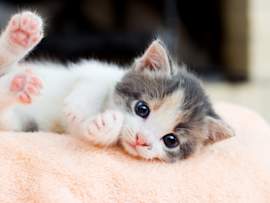
Measuring Your Cat's Body Mass Index - the FBMI

Vet Visits for Cats: What is the Average Cost of a Vet Visit for a Cat Without Insurance?

Enrichment for Cats: Best Ideas, Toys & Activities for Indoor Cats

How Often Should Cats Poop: Do Cats Poop Every Day?

Why Is My Cat Sneezing a Lot? Understanding Why Your Cat Keeps Sneezing

Average Cost of Cat Ownership: How Much Does It Cost to Take Care of a Cat?

Catnip Risks & Safety for Cats: How Much Is Too Much Catnip?
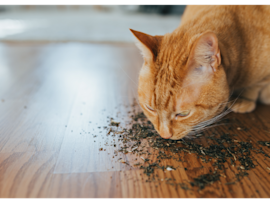
Are Cats Nocturnal: Understanding their Crepuscular and Diurnal Behaviors
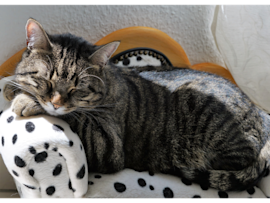
Why Do Kittens Bite? How to Stop Kitten from Biting & Attacking
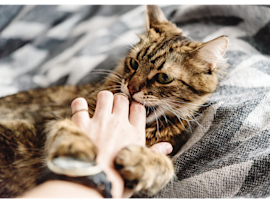
What Are the Best Cat Breeds for Dogs? Find Cats that Get Along with Dogs

Bambino Cat Sphynx: What Makes this Hairless Munchkin Sphynx Cat Special?
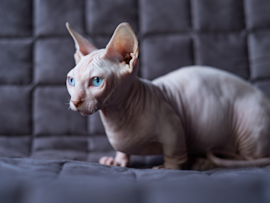
When Do Cats Stop Growing? When are Cats Fully Grown?

Domestic Shorthair Cats: Your Guide to DSH Personality, Traits & Care
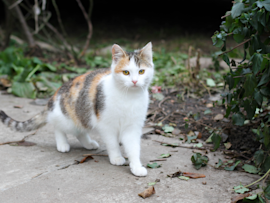
How Much to Feed a Kitten: Kitten Feeding Chart by Age
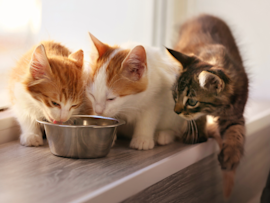
What Can Cats Not Eat? Can Cats Eat Human Food?
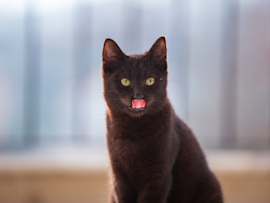
Why Is My Cat So Clingy All of a Sudden?
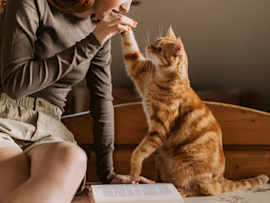
Tortoiseshell Cats: Types, Breeds, and Genders the Become Tortoiseshells

Domestic Long Hair Cat: Types & Personality of Long-Haired Cats

Feline Herpes Virus: Symptoms, Contagion, and Life Expectancy
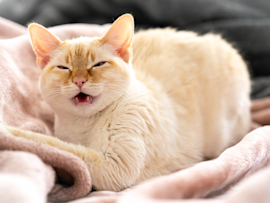
Hypoallergenic Cats: Cats that Don't Shed & Allergy-Friendly Choices

Arthritis in Cats: Symptoms, Treatment Options & Arthritis Medicine
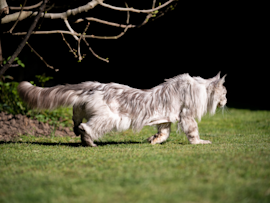
Declawing Cats: Is It Bad to Declaw a Cat?

Why Are My Cat's Eyes Watering? Causes, Symptoms & Solutions

Best Cat Breeds: The Most Popular Cat Breeds For Your Needs

Big Cat Breeds: Largest Domestic Cats

FIV in Cats: What Feline AIDS Means for Your FIV Positive Cat

Cat Hairball Remedies: Hairball Treatments for Cats
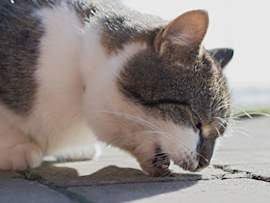
Female Cat Names: Unique and Cute Girl Cat Name Options

Male Cat Names: Unique, Cute Name Options for Boy Cats and Kittens

How to Tell if Your Cat is Sick: Sick Cat Body Language & Symptoms

Feline Stomatitis: Understanding & Managing Stomatitis in Cats

Can Cats See Color? What Colors Can Cats See?
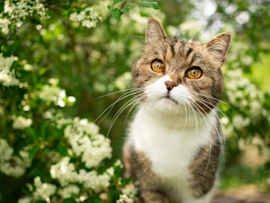
Cat Chemotherapy Cost: How Much is Chemo & Cancer Treatment in Cats?

How to Get a Urine Sample from a Cat
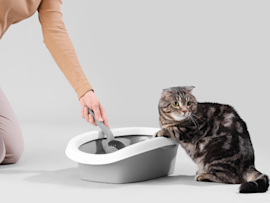
Feline Non-Recognition Aggression: Duration, Causes, & Why Your Cat Hisses at Cats After a Vet Visit

Can a Cat Be a Service Animal? Emotional Support Cat Registration
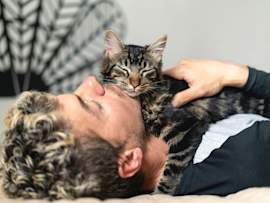
When Do Kittens Calm Down: A Cat Mellowing Timeline

How to Give a Kitten a Bath: Gentle Kitten Bathing Techniques
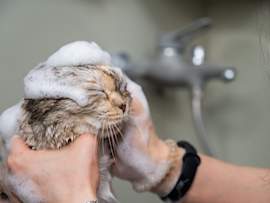
How Old are Kittens When They Open Their Eyes?

The Average Lifespan of a Cat: How Long is Your Cat Likely to Live?

A Guide to Cats in Car Engines: What to do With a Cat in an Engine

Why Do Cats Knead?

How to Clean a Cat's Ears
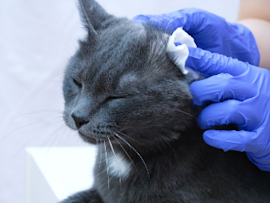
A Trembling Jaw: What Resorptive Tooth Lesions Mean for Your Cat

Eleven Things to Know About Cats with Kidney Failure
